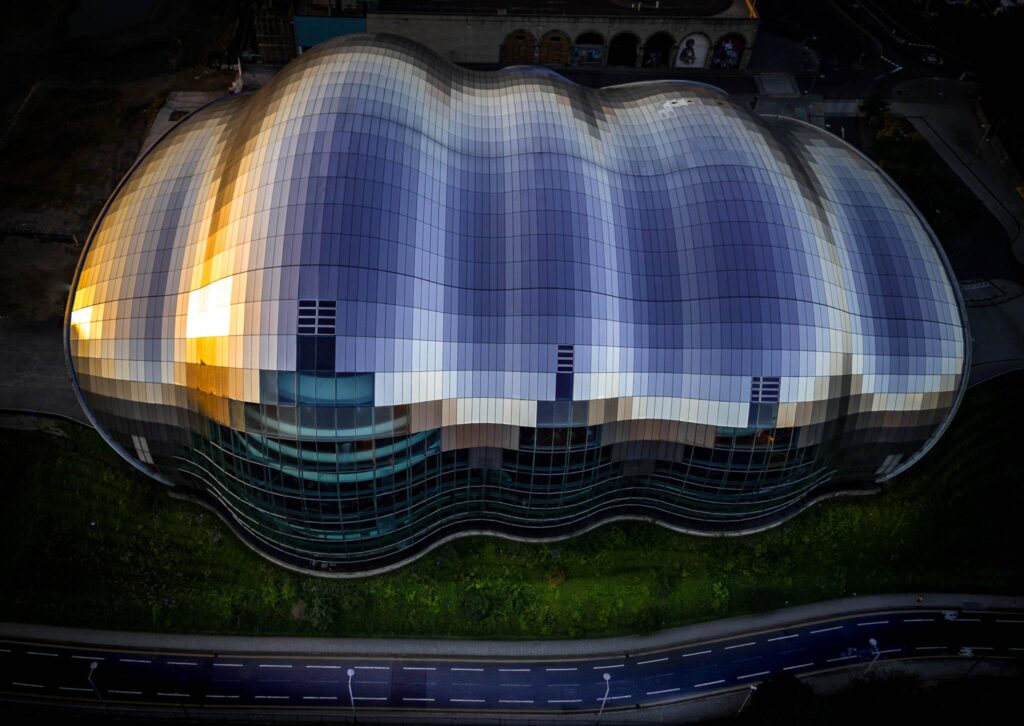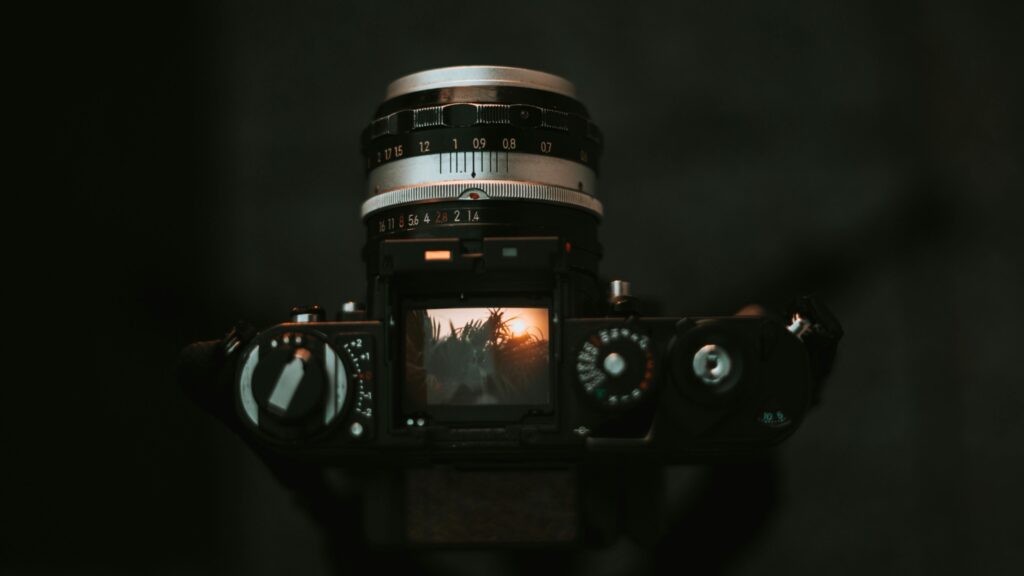At first glance photography can seem both immensely complicated but also very easy. After all with modern cameras you literally can just point and shoot and 99% of the time get a good image. However it’s that extra 1% that will give you the truly great photographs and make you an accomplished photographer. It’s also that 1% that can seem complicated.
The problem is that it’s when striving to achieve that 1%, that you are most likely to start making photography mistakes. Mistakes in photography are not a bad thing so long as you learn new things from them. However with photography having such a broad scope, it can sometimes be difficult to know what mistakes you have made. Today we are going to take a look at some of the most common beginner photography mistakes that many newcomers can make.
Over-Shooting
Out of the many mistakes, perhaps the first mistake that can be made is to over-shoot especially with a beginner photographer. Now, this is one of the most common mistakes, and not necessarily a bad thing at the very beginning or with beginner photography as it allows you to get a feel for the camera and what it is capable of (remember to read the manual). However after a few weeks (if you are a new photographer), once you are familiar with the settings on your camera, over-shooting can become a mistake.
The reason for the mistakes you make is twofold. First, by shooting everything, you are not taking your time to isolate good subject matter and think about composition. Secondly, faced with a multitude of bland images, it can be hard to pick out the winners. This in turn can reduce your enthusiasm for photography.
Take some time between shots, look around and isolate the best images within your locations and concentrate on them. It is important to slow down, observe, be patient and use useful accessories and wise settings to avoid camera shake, which is one of the most common mistakes beginner photographers make.
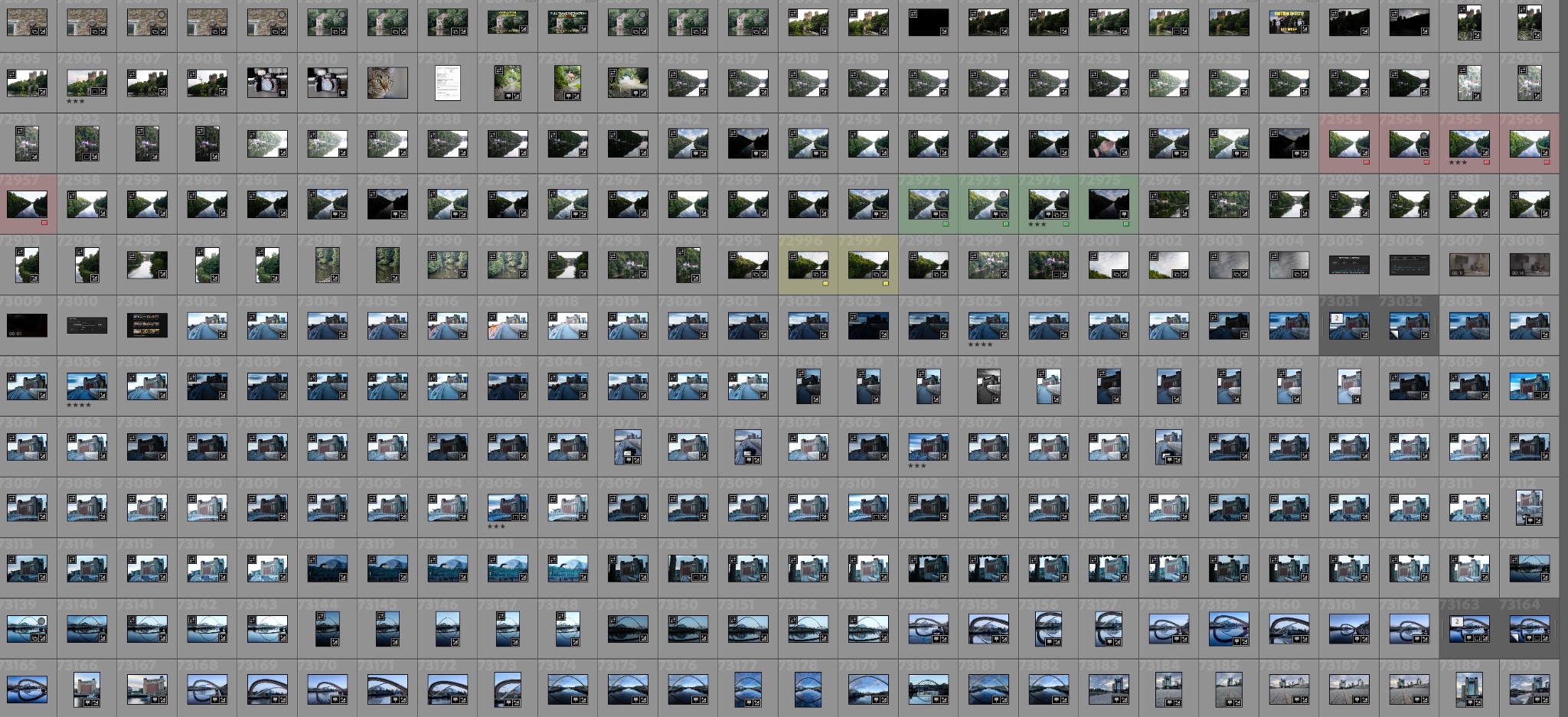
Shooting The Whole Scene
This is, I think, the second most common mistake and quite understandable. When you first start shooting, you want to capture everything in the frame. You see a beautiful scene in front of you and your natural instinct is to try and get it all in.
In fact what you should be doing when you produce images is, looking for the subject within that scene and making it the centrepiece of the shot. For example, in landscape photography, a landscape might feature rolling hills, cloud banks and a barn. Concentrate on the barn as a subject and fit the other elements into the shot to make your photos unique and stand out. Isolating a subject will be an excellent springboard in taking better photos and improving the art of photography.
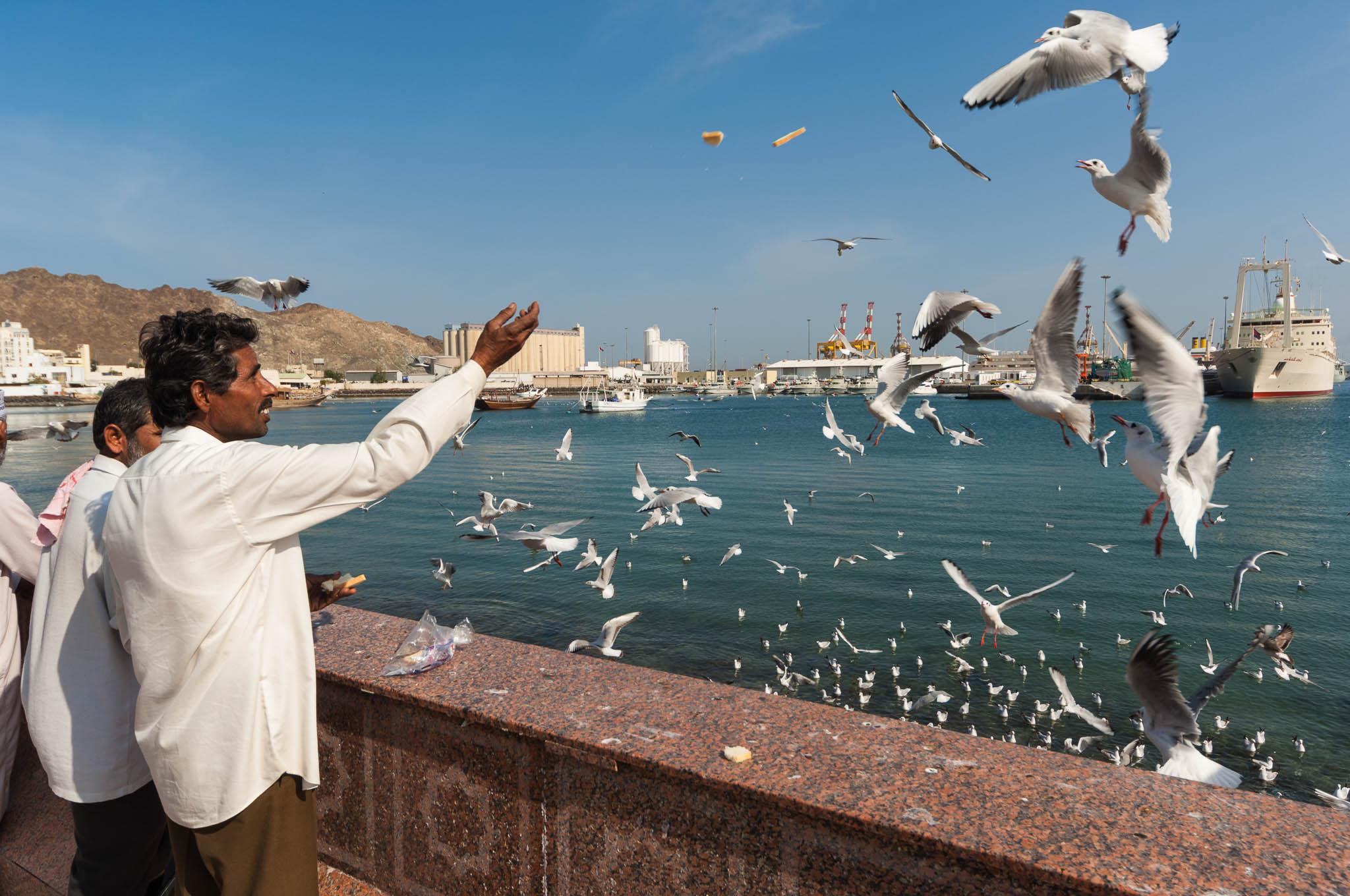
Over Reliance On P Mode
At first, P (Program) Mode is going to be your go to selection for shooting. That’s only natural, as you find the feel for photography and your camera. However, you will soon find that using Program mode is actually limiting your creativity. Why? Because it is removing the creative decisions from you.
Take some time to learn your camera and as soon as you are comfortable with your camera, start experimenting with other modes. Start with shutter and aperture priority mode. These will give you creative control over motion and depth of field respectively.
Once you are comfortable, head over to manual exposure mode. Manual mode is a great way to learn the relationship between aperture and shutter speed, so you can get a hold on exposure and also capture images without camera shake. You don’t need shoot in manual mode all the time, but it is a great way to advance your photographic knowledge.
Also, don’t get into the mindset that Program mode is bad, it isn’t, it’s just a matter of choosing the right mode for the scene you wish to capture.

Not Lowering the Camera
This kind of goes hand in hand with over-shooting. As newcomers to photography, we often spend a lot of time with the viewfinder glued to our eyes. You don’t want to miss a shot, you want to capture everything and anything. That’s normal.
However, by lowering the camera regularly and frequently, you are actually going to see much better pictures. It will slow you down and allow you to look around the scene, isolating subjects, seeing where the light is and giving you a much better overview of what there is to shoot.

Using Area Focus Mode
Most new cameras are set, by default, to an area focus mode. This uses hundreds of different points within the frame to determine where the focus should be and many photographers just rely on it not concerned if the image is tack sharp in intended areas. These days it is an incredibly powerful function within cameras enabling them to detect eyes, moving cars and many other subjects, helping to get an image of moving subjects in focus quite easily.
However, when you are first starting out, area focus mode can be a hindrance not a help. The reason is that much of the photography you will be doing in the early days will be of relatively static subjects. An area focus mode will focus on what it thinks the subject is. That might be different to what you actually want the subject to be. This can give you images where the main subject is completely out of focus, demoralising you.
As a newcomer it’s best to try and is a time to learn single point focus. This is a mode where you place a single point over the subject using the joystick or D-Pad to get focus on the right spot. You can also get into the habit of focus-recompose, where you frame the focus point on the subject, half press the shutter then recompose. Either way, it ensures that your subject will be in focus.
Learning and practicing to use single point autofocus will help you improve as a photographer and give you the best results each time. Failure to focus or have focus on the intended subject or element will yield results that will not be of good quality and will be less compelling. Look at the work of experienced photographers to see how and where they have placed the focus point and doing this will help you to become confident with your camera and help you take sharper photos.
To Much Gear
There is a temptation to buy more gear as soon as you start your photography journey or get proficient in photography before you actually invest time in learning photography. Most commonly, this will be lenses but it could also be flashguns or tripods, huge zoom lenses. There are often good reasons for getting this extra gear, but make sure you are comfortable with your current camera and lens combination before adding to it.
In the early days of your photographic journey (and indeed for highly experienced photographers), having minimal gear can significantly boost your photography skills and creativity. In particular by restricting yourself to one lens like a prime lens, for example, a 35mm or 50mm lens, you will find yourself moving around more to get the right composition as well as improving your understanding of perspective and become a better photographer in that process.
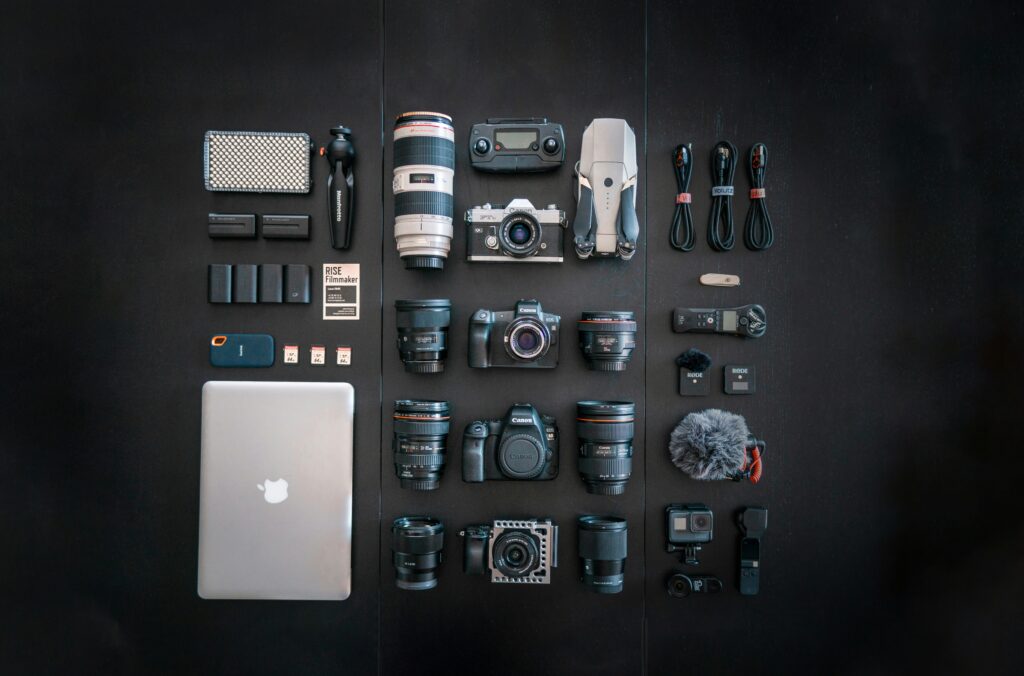
Avoiding Editing
There are some people that will say they never edit their images and get everything right in camera – that’s their choice. However you are not realising the full potential of your shots if you do not edit them. If you shoot RAW, you will pretty much have to edit your images to a certain extent. If you shoot JPEG, then the camera is dictating the editing to you, in the form of contrast, colour, sharpness and various other elements that are taken away from you.
Editing software does not have to be expensive or difficult to learn like for example, learning how to use Photoshop. There are plenty of free options available plus many low cost solutions with very easy to use interfaces. Start with simple software that make use of simple presets. Once you realise how much you can shape an image to your creative vision, there’s no turning back.


That’s 7 mistakes to avoid when starting photography. As a newcomer starting out in photography, you will know that there are also plenty more like knowing to adjust white balance manually, using the right focal length, learning how to use a tripod to get the exposure right, etc. However the beauty of digital photography is that those mistakes do not cost you financially but can benefit you educationally.
Never be afraid to experiment and to push both your image taking and editing beyond your comfort zones. You may well be very pleasantly surprised at what you find out.

